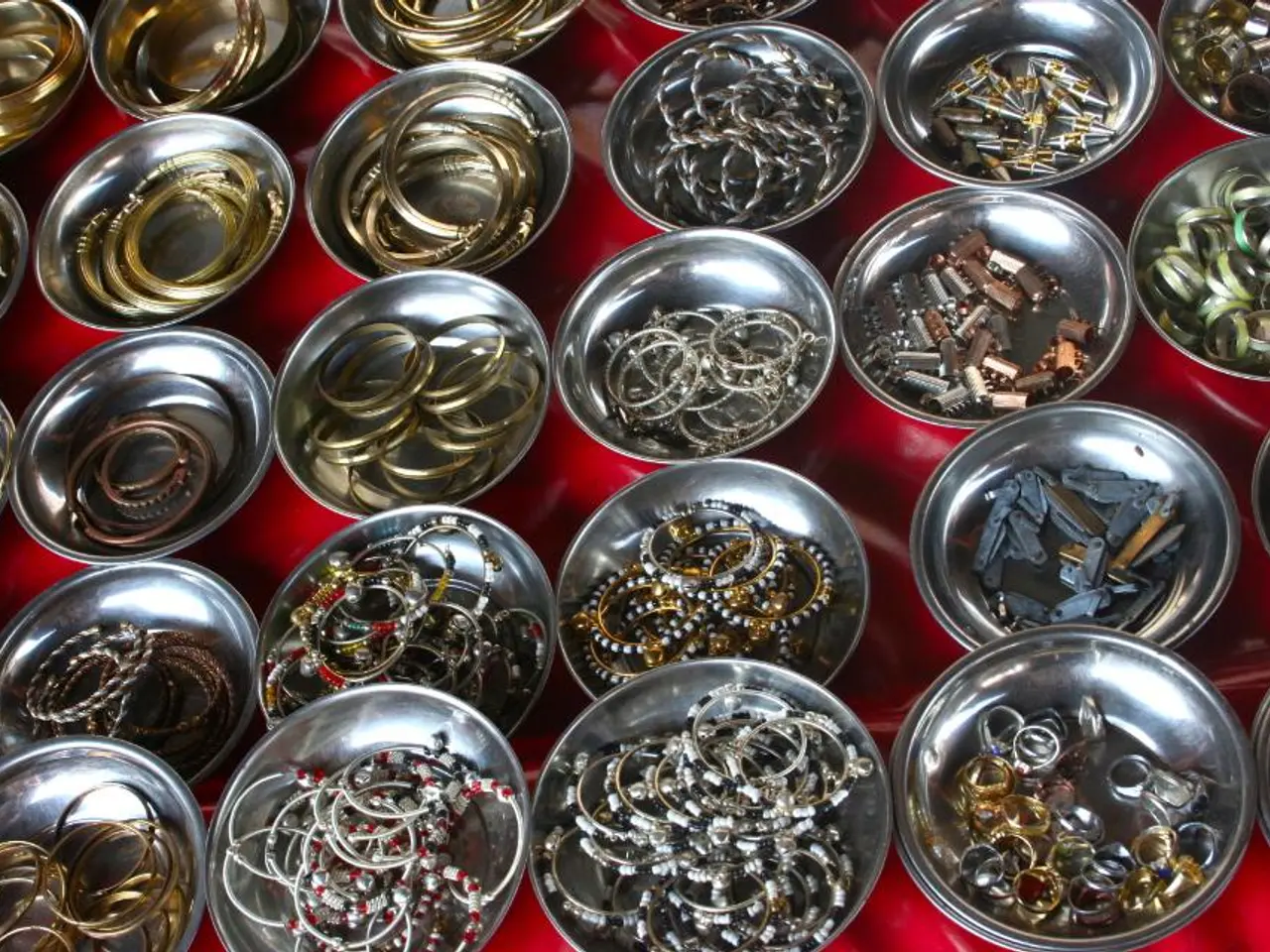Cleaning a Stainless Steel Refrigerator: A Step-by-Step Guide
In today's modern kitchens, a stainless steel refrigerator offers a clean, contemporary look that complements any decor. However, maintaining its pristine appearance and prolonging its lifespan requires a bit of care and the right cleaning methods. Here's a practical guide to effectively clean and maintain your stainless steel refrigerator, prevent fingerprints, and keep it looking beautiful.
**Daily Cleaning Routine**
For daily maintenance, a damp microfiber cloth is ideal for wiping the refrigerator exterior. This cloth picks up dust, oils, and light soil without scratching the surface. Always wipe with the grain of the stainless steel in long, smooth strokes, avoiding circular motions. For a gentle clean, warm water alone or a mild solution of dish soap mixed with warm water works well [1][2][3].
**Removing Fingerprints and Stubborn Stains**
For fingerprints or tougher smudges, apply a few drops of rubbing alcohol to a cloth and gently rub the affected area, again following the grain direction. Alternatively, a natural cleaning solution of equal parts vinegar and water can be sprayed and wiped off with a microfiber cloth to remove grease and smudges [4].
**Drying and Polishing**
Always dry the surface immediately after cleaning with a clean, dry microfiber cloth to prevent water spots and streaks [1][2]. To maintain shine, some recommend using a dedicated stainless steel cleaner or polish occasionally, but be sure any product used is suitable and tested on a small hidden area first [3].
**Additional Tips for Longevity and Appearance**
Pay special attention to high-touch areas like handles and control panels, cleaning them more frequently to prevent buildup [1]. Clean the visible sides and top of the refrigerator, as dust and grease can accumulate and tarnish the overall look [1][5]. Avoid abrasive cleaners, scrubbing pads, or harsh chemicals that can scratch or discolor the stainless steel.
**Deep Cleaning**
To prolong the refrigerator’s lifespan, also keep the coils and floors underneath clean and dust-free with a vacuum during deep cleanings [5].
**Summary Table: Cleaning & Maintenance Steps**
| Step | Method/Details | Purpose | |-------------------------------|-------------------------------------------------------|------------------------------------------| | Daily wipe | Damp microfiber cloth, wipe *with the grain* | Remove dust, fingerprints, light soil | | Routine cleaning | Mild dish soap + warm water on microfiber cloth | Gentle cleaning, grease removal | | Tough stains/fingerprints | Rubbing alcohol or vinegar-water solution | Remove oils and stubborn marks | | Dry thoroughly | Clean dry microfiber cloth | Prevent water spots and streaks | | Periodic polishing | Stainless steel cleaner (test before use) | Restore shine | | Deep clean | Vacuum coils, clean under/around fridge | Prolong lifespan, improve efficiency |
By adopting these consistent, gentle cleaning habits and using the right materials, you can keep your stainless steel refrigerator fingerprint-free, preserve its sleek look, and extend its operational life effectively [1][2][3][5]. A few additional tips include using a cloth with a bit of mineral oil to touch up fingerprints between cleanings or whenever needed, and emptying food from the refrigerator before cleaning.
Incorporating these cleaning habits into your home-and-garden routine, especially for your kitchen, can help maintain the pristine appearance and prolong the lifespan of your stainless steel refrigerator. Wiping the refrigerator exterior daily using a damp microfiber cloth and warm water, or a mild dish soap solution, helps in removing dust and fingerprints, while following the grain of the stainless steel is essential to avoid scratching [1][2].




